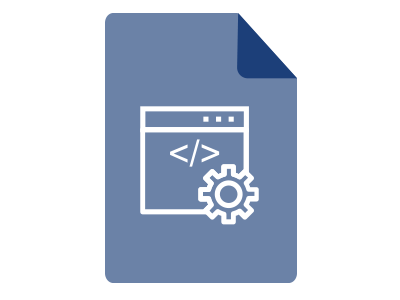CISSP – Certified Information Systems Security Professional training
- Security and Risk Management
- Asset Security
- Security Architecture and Engineering
- Communication and Network Security
- Identity and Access Management (IAM)

Overview
CISSP is the essential credential for a security professional to validate their competencies and skill set to deploy a diverse information security infrastructure for protecting the organization from potential cyber security hazards, the CISSP® certification is highly sought after by those looking to enhance their career in Information Security. Professionals who work to protect information systems in business, government and society should consider the CISSP® certification as their next career goal.
As technology continually changes, rules get upgraded and new threats are identified almost every day, the CISSP® certification needs revalidation every three years in order to stay current. It is not only an objective measure of excellence, but a globally recognized standard of achievement for security training.
Course Objectives
- The essential goal of these recognized areas is to assist experts in building up sound information and comprehension of the data security needs of a business venture.
- With the combination of human, administrative, and specialized angles, the exam of CISSP endeavours to construct better cooperation among information and system security.
- Identify the key terms and processes of security operations and how to protect and control information processing assets in a centralized or distributed environment in this CISSP training.
- Define and apply information security governance and Risk Management Framework including the policies, concepts, principles, structures and standards that are established for the protection of information assets and how to assess the effectiveness of that protection
Course Outline
Domain 1: Security and Risk Management
- Legal and regulatory issues
- Confidentiality, integrity, and availability concepts
- Security governance principles
- Compliance
- Professional ethics
- Business continuity requirements
- Personnel security policies
- Threat modeling
- Risk considerations
- Security education, training, and awareness
- Security policies, standards, procedures and guidelines
Domain 2: Asset Security
- Protect privacy
- Information and asset classification
- Ownership (e.g. data owners, system owners)
- Data security controls
- Appropriate retention
- Handling requirements
Domain 3: Security Architecture and Engineering
- Security evaluation models
- Security models fundamental concepts
- Security architectures, designs, and solution elements vulnerabilities
- Security capabilities of information systems
- Engineering processes using secure design principles
- Web-based systems vulnerabilities
- Mobile systems vulnerabilities
- Cryptography
- Embedded devices and cyber-physical systems vulnerabilities
- Site and facility design secure principles
- Physical security
Domain 4: Communication and Network Security
- Secure network architecture design
- Secure communication channels
- Secure network components
- Network attacks
Domain 5: Identity and Access Management (IAM)
- Management of physical/logical access to assets
- Management of identification and authentication
- Integrate identity as a third party service
- Authorization mechanism
- Identity and access of provisioning life cycle
Domain 6: Security Assessment and Testing
- Test outputs (e.g. automated, manual)
- Security process data (e.g. management and operational controls)
- Security architectures vulnerabilities
- Security control testing
- Assessment and test strategies
Domain 7: Security Operations
- Logging and monitoring activities
- Investigations support and requirements
- Incident management
- Provisioning of resources
- Foundational security operations concepts
- Recovery strategies
- Resource protection techniques
- Physical security
- Preventative measures
- Patch and vulnerability management
- Change management processes
- Business continuity planning and exercises
- Personnel safety concerns
- Disaster recovery processes and plans
Domain 8: Software Development Security
- Development environment security controls
- Security in the software development lifecycle
- Acquired software security impact
- Software security effectiveness
Key Features
Who should attend

- 32 hours of instructor-led training
- Course Materials
- Course Completion Certificate
- 100% Money Back Guarantee
- Flexibility to choose classes
- Post training Support
- 32 PDUs
- Gain competence in security of information systems
- Certified trainer
- Expert advice and tips to apply theoretical skills
- 10% discount on any Online Course
- Chief Information Security Officer
- Chief Information Officer
- Director of Security
- IT Director/Manager
- Security Systems Engineer
- Security Analyst
- Security Manager
- Security Auditor
- Security Architect
- Security Consultant
- Network Architect
What you will learn
- Gain a working knowledge of information security
- Validate your commitment to the profession
- Give yourself a career differentiator, with greater credibility and marketability
- Increase your earning potential- you can earn a worldwide average of nearly 30% more than your non-certified counterparts (data obtained from the Global Information Security Workforce Study)
- Fulfil government and organization requirements for information security certification mandates
- Lend increased credibility to your organization when working with vendors and contractors
- Refresh your knowledge every three years through mandatory recertification
